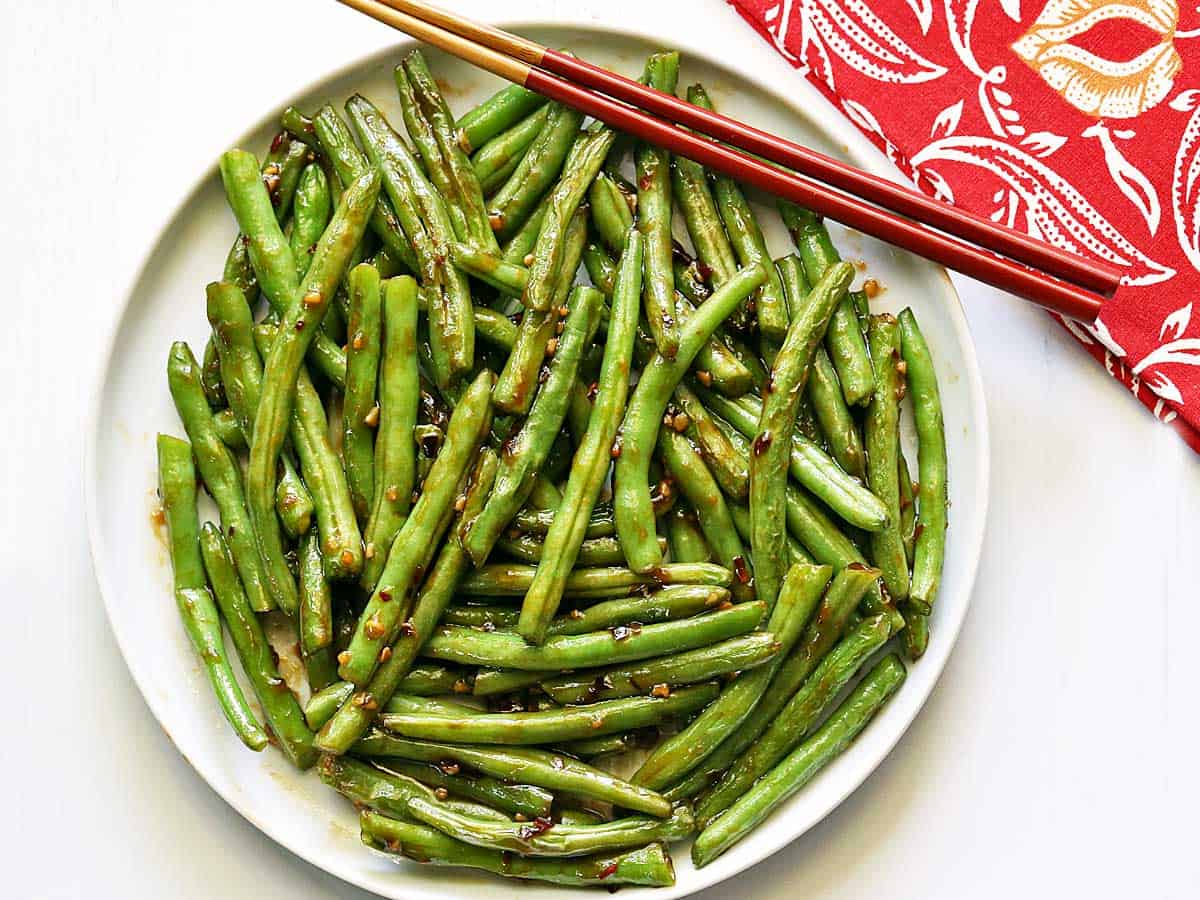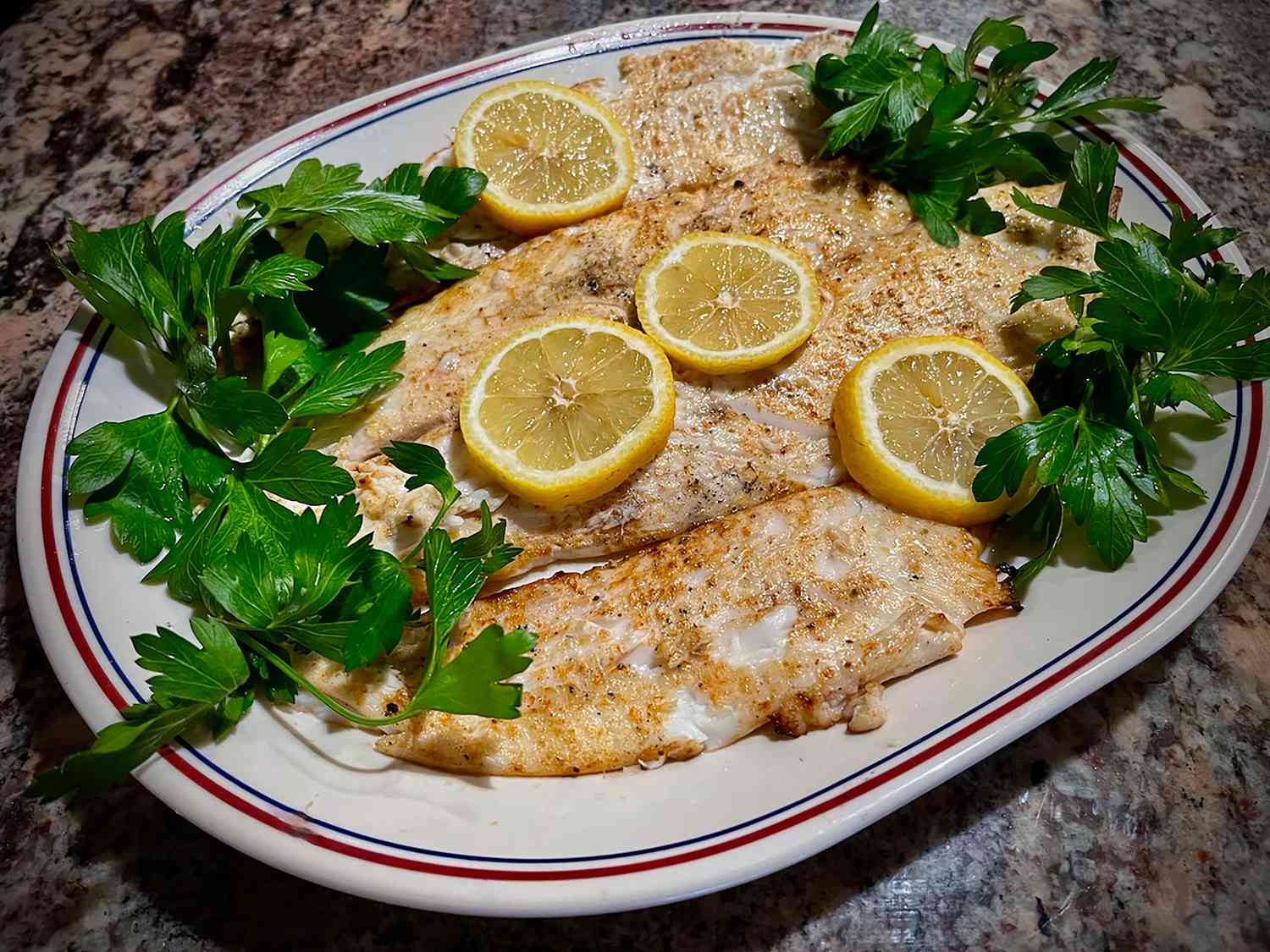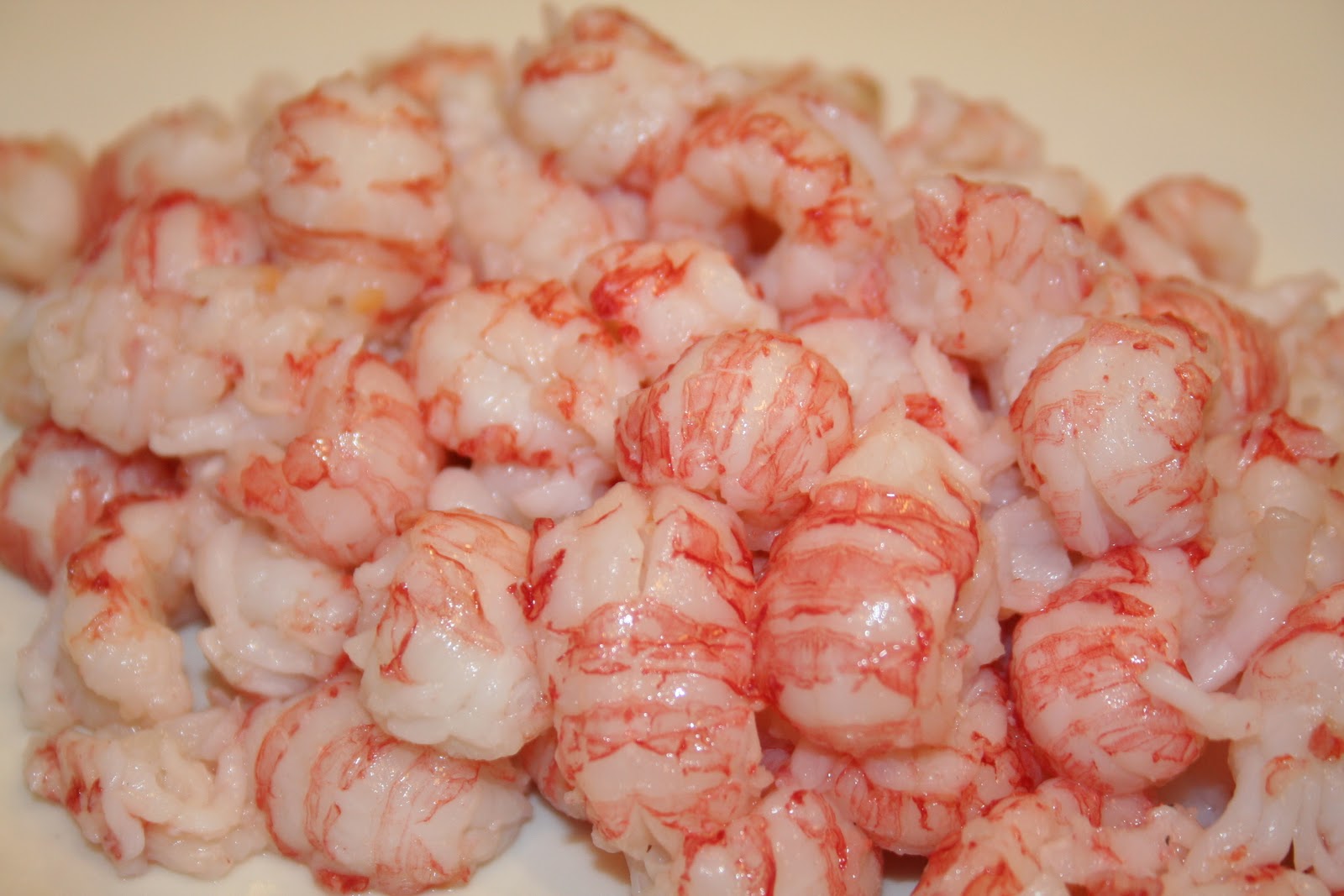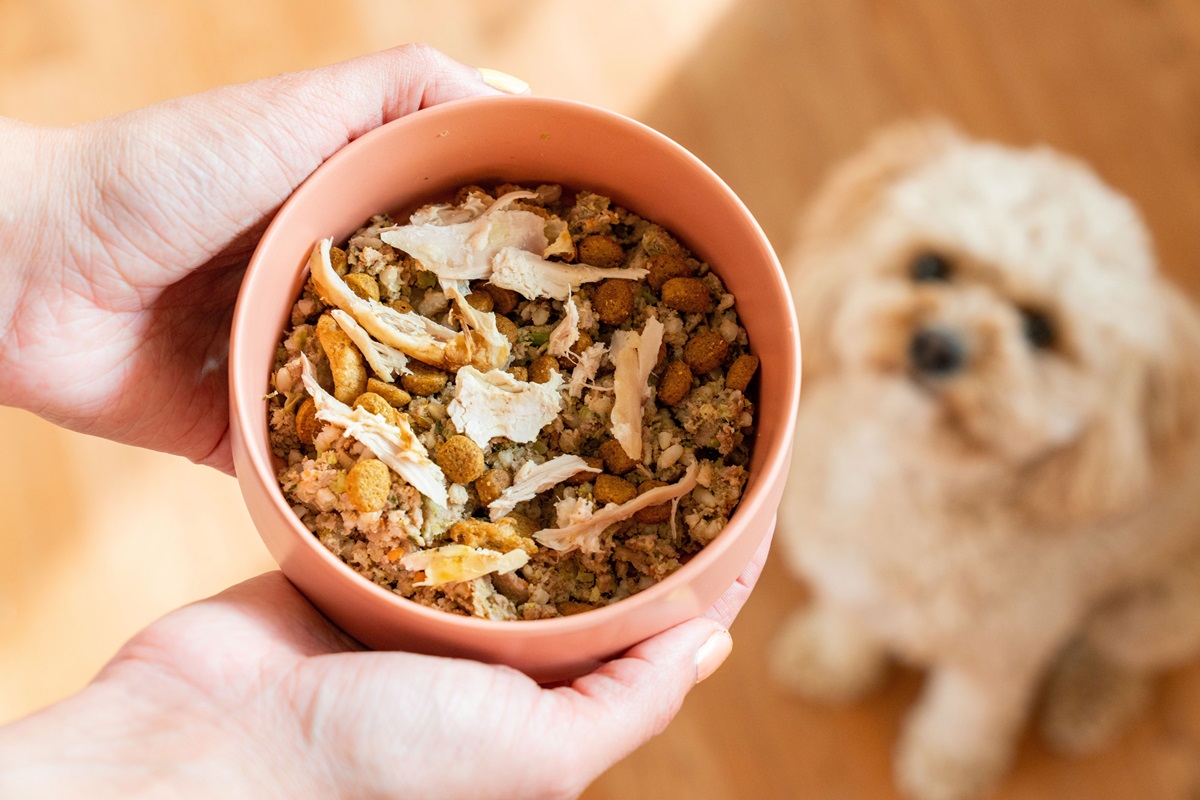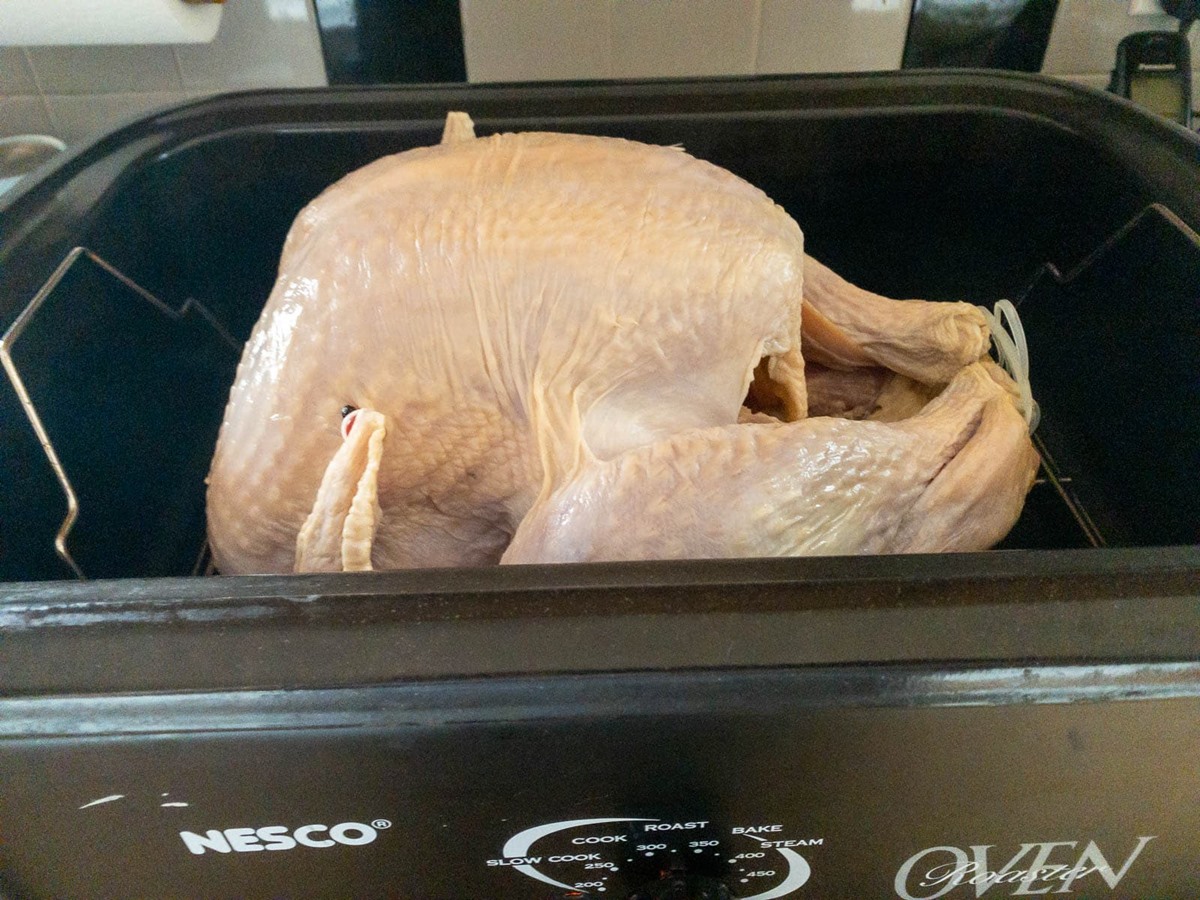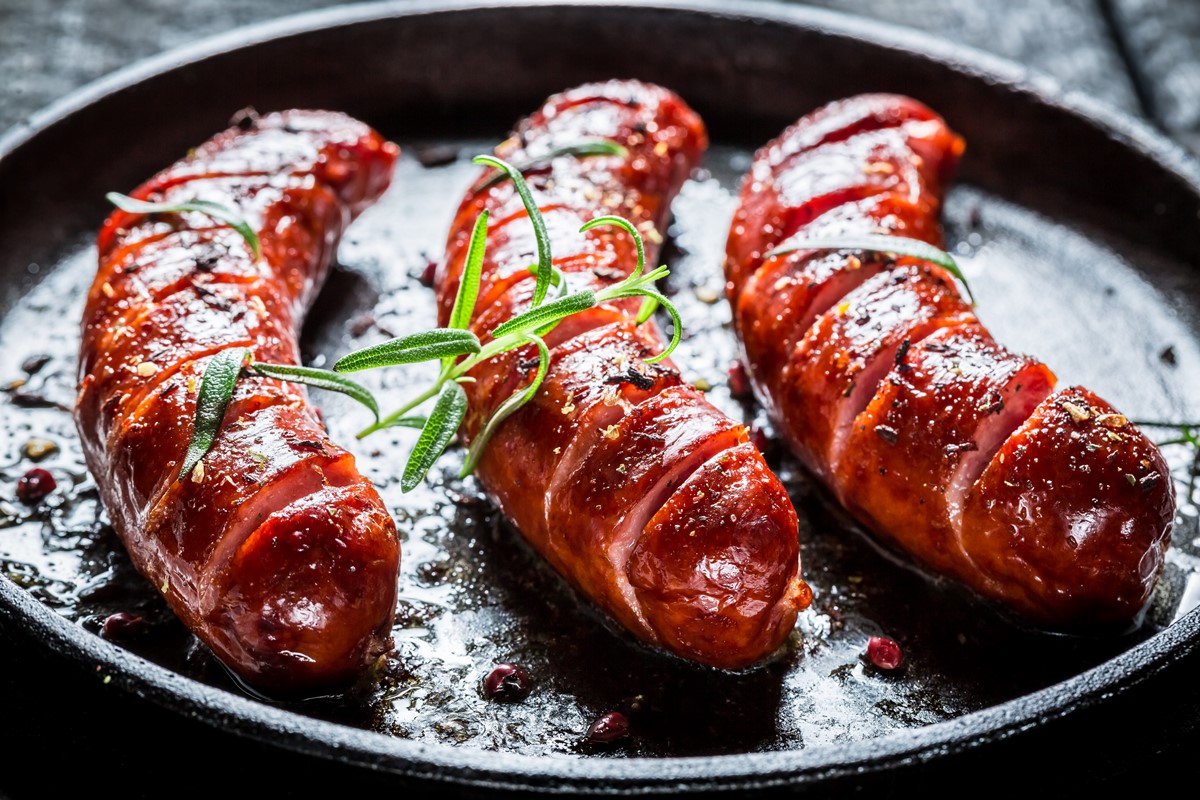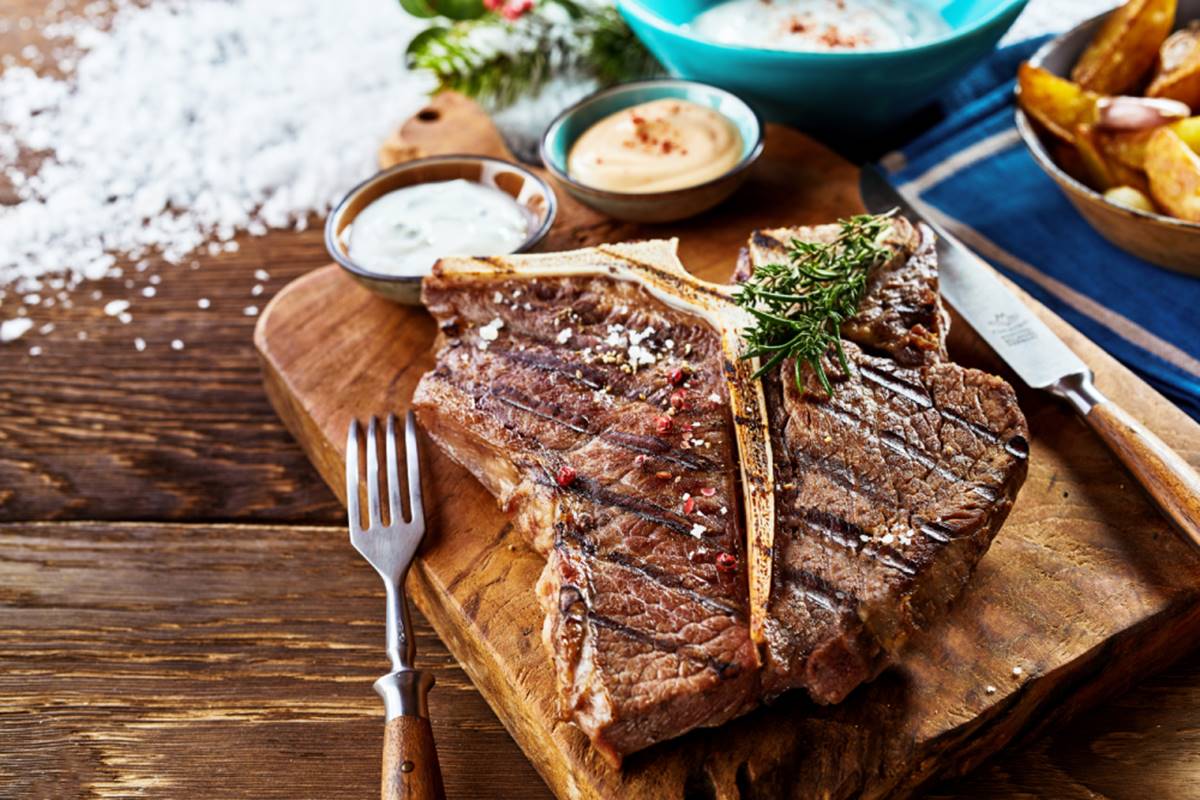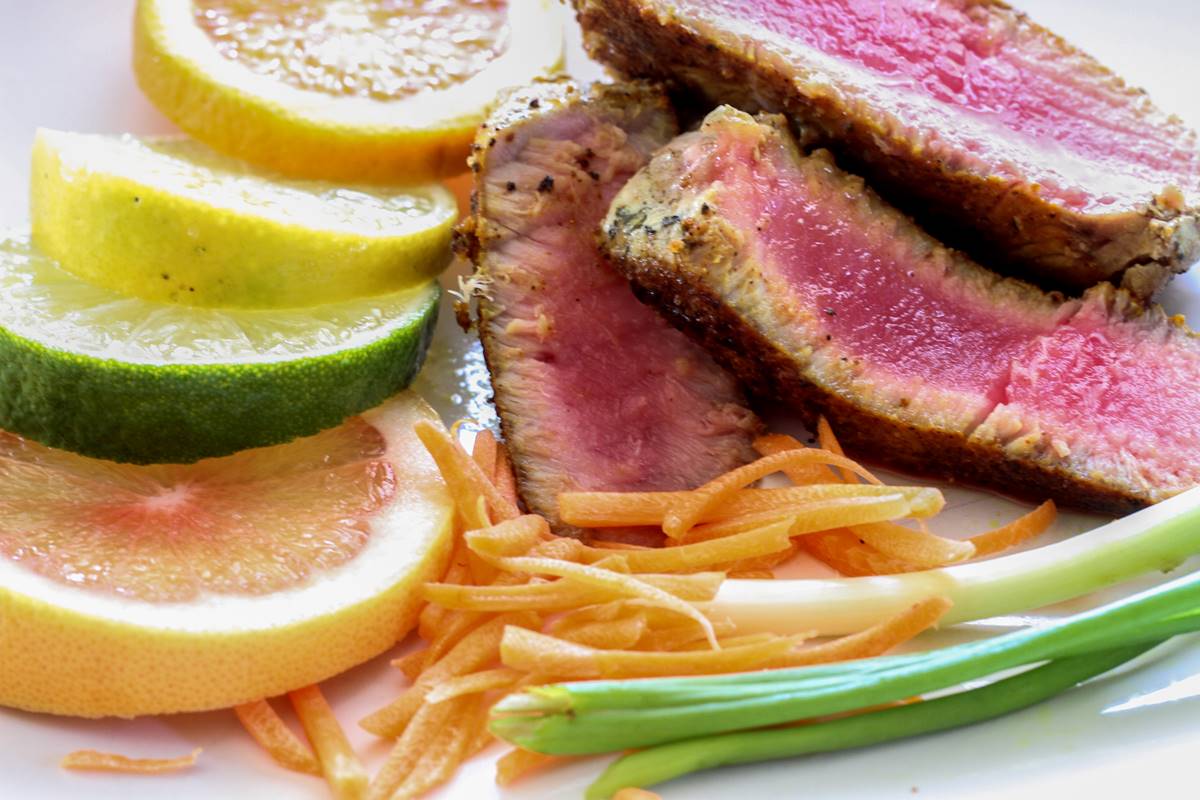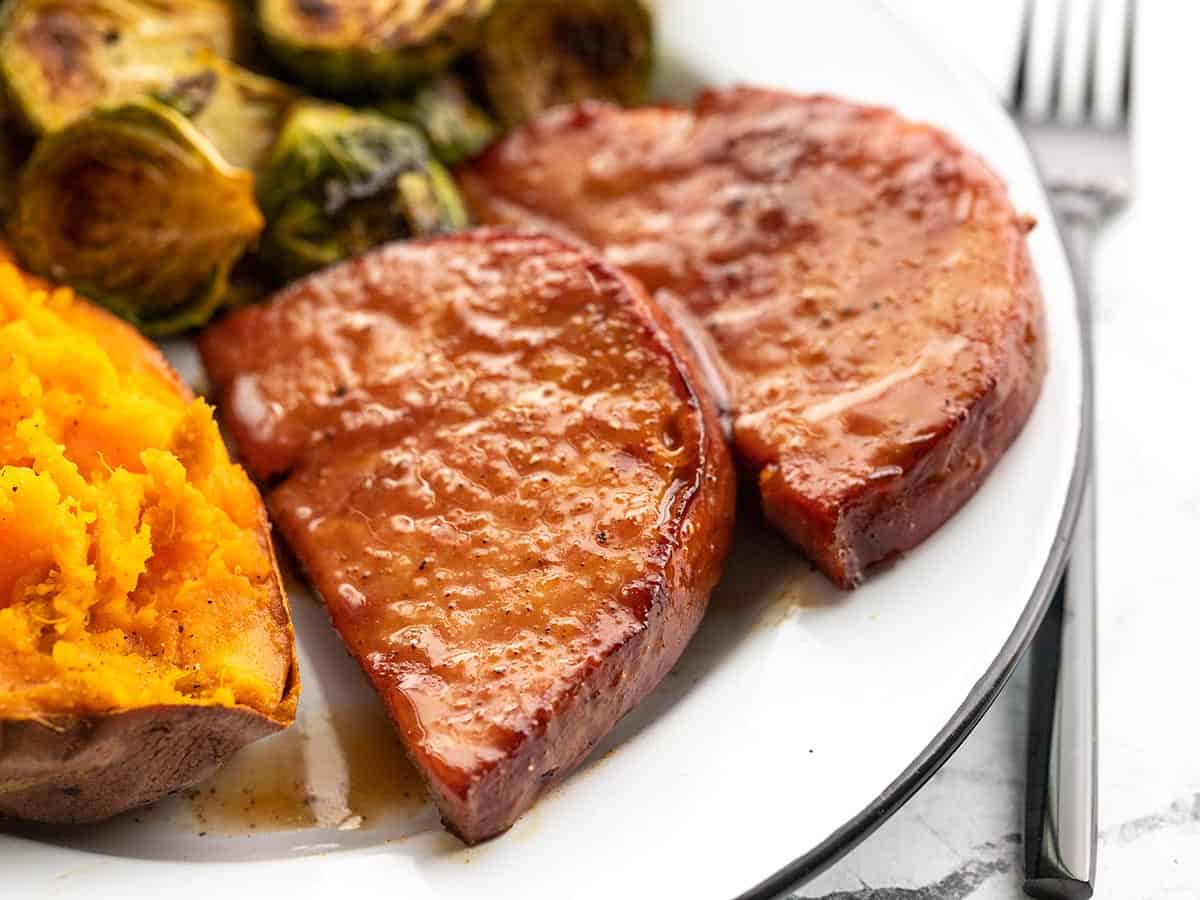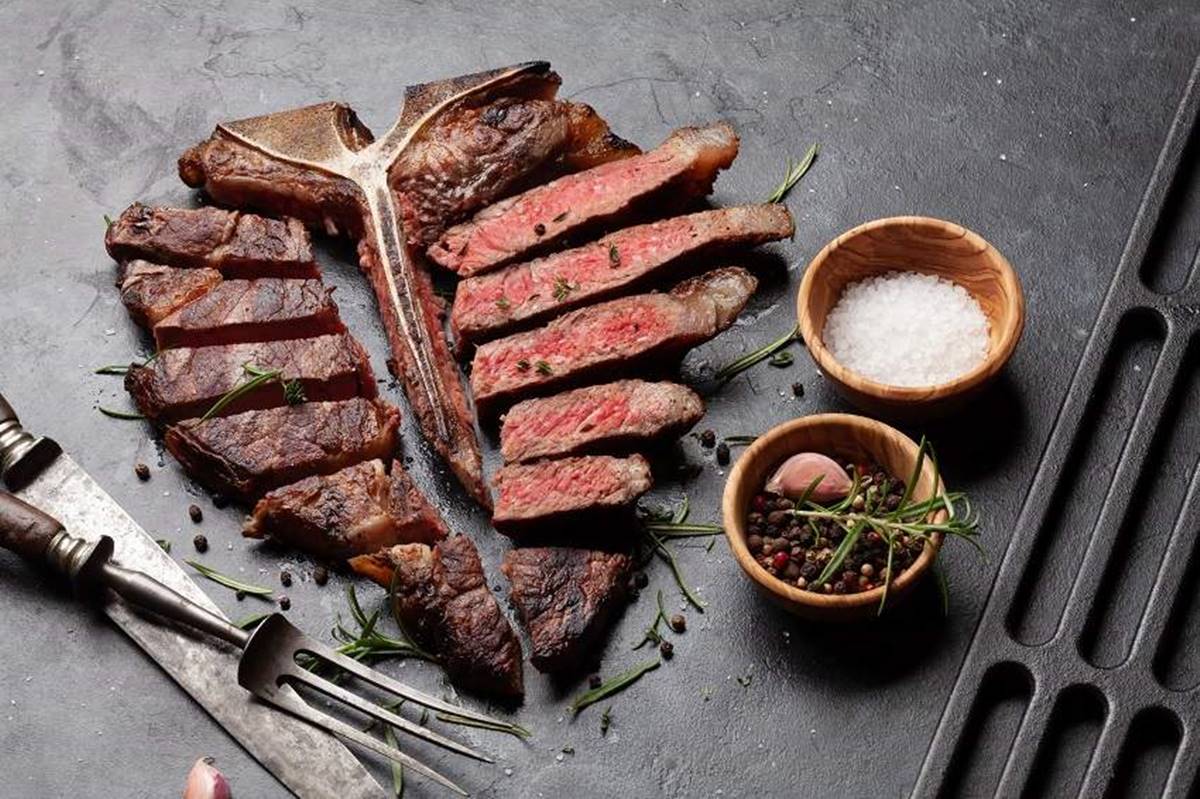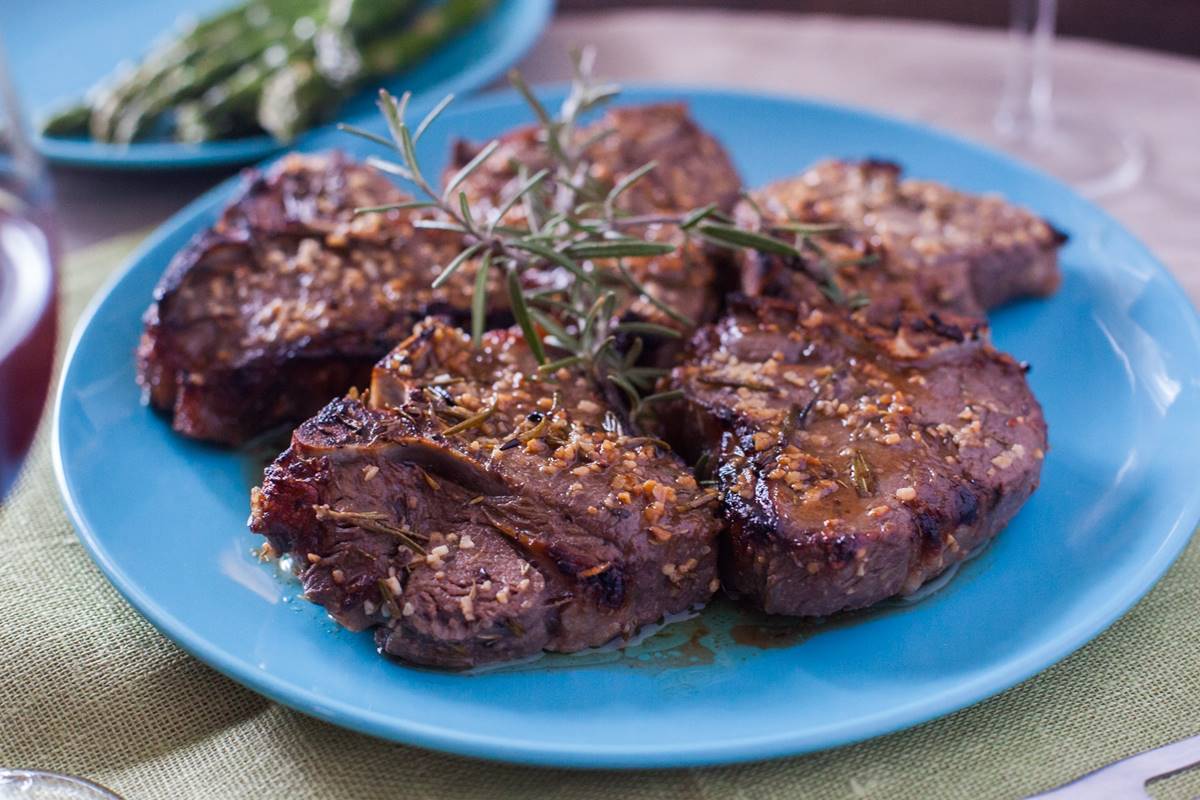How To Cook Turkey Neck And Giblets
If you’re looking to make a delicious and flavorful dish using turkey neck and giblets, you’ve come to the right place! These often overlooked parts of the turkey can actually be transformed into a mouthwatering dish that will impress your guests. In this article, we’ll guide you through the step-by-step process of cooking turkey neck and giblets.
1. Gather the Ingredients
- 1 turkey neck
- 1 set of turkey giblets (heart, liver, and gizzard)
- 2 tablespoons of olive oil
- 1 onion, diced
- 2 cloves of garlic, minced
- 1 teaspoon of dried thyme
- 1 teaspoon of dried rosemary
- 1 cup of chicken or turkey broth
- Salt and black pepper to taste
2. Prepare the Turkey Neck and Giblets
Start by rinsing the turkey neck and giblets thoroughly under cold water. Pat them dry with a paper towel and remove any excess fat or membranes. Chop the turkey neck into smaller pieces and set aside. Dice the turkey giblets into small chunks and reserve for later use.
3. Sauté the Aromatics
In a large pan or skillet, heat the olive oil over medium heat. Add the diced onions and minced garlic, sautéing until they become soft and translucent. This will help to build a flavorful base for your dish.
4. Cook the Turkey Neck and Giblets
Add the chopped turkey neck to the pan and cook until browned on all sides. This will help to seal in the juices and add a nice crispness. Next, add the diced turkey giblets to the pan and cook for a few more minutes until they are lightly browned.
5. Season and Simmer
Sprinkle the dried thyme and rosemary over the turkey neck and giblets, along with a pinch of salt and black pepper. Stir everything together to evenly distribute the seasoning. Pour in the chicken or turkey broth, which will help to keep the meat moist and tender.
6. Simmer and Serve
Reduce the heat to low and cover the pan. Allow the turkey neck and giblets to simmer for about 45 minutes to an hour, or until they are tender and cooked through. Remember to stir occasionally to prevent sticking.
Once cooked, remove the pan from the heat and let it cool for a few minutes. Serve the flavorful turkey neck and giblets as a main dish or as a delicious addition to your Thanksgiving feast. Pair it with mashed potatoes, roasted vegetables, or use them to make a rich gravy.
Conclusion
Don’t let the turkey neck and giblets go to waste! With a little bit of preparation and the right seasoning, you can turn these often overlooked parts into a savory and satisfying dish. So next time you find yourself with a turkey neck and giblets, give this recipe a try and impress your family and friends with your culinary skills!
More Delicious Recipes Featuring Turkey Neck and Giblets
Having mastered the basics of cooking turkey neck and giblets, it's time to put your skills into practice with a variety of delicious recipes. Whether you are looking to impress guests or just enhance your family meals, try starting with the classic turkey giblet gravy recipe for a fail-safe addition to any roast dinner. For something a bit more adventurous, the hearty turkey neck soup recipe offers a comforting and flavorful option. If you're in the mood for a rich, in-depth flavor, the rich and savory turkey giblet stock recipe serves as a fantastic base for many dishes. We recommend these recipes not only for their taste but also for their ability to help you apply the techniques you've learned, making your culinary efforts all the more rewarding.
Was this page helpful?
Read Next: How To Cook Turkey Legs And Thighs
